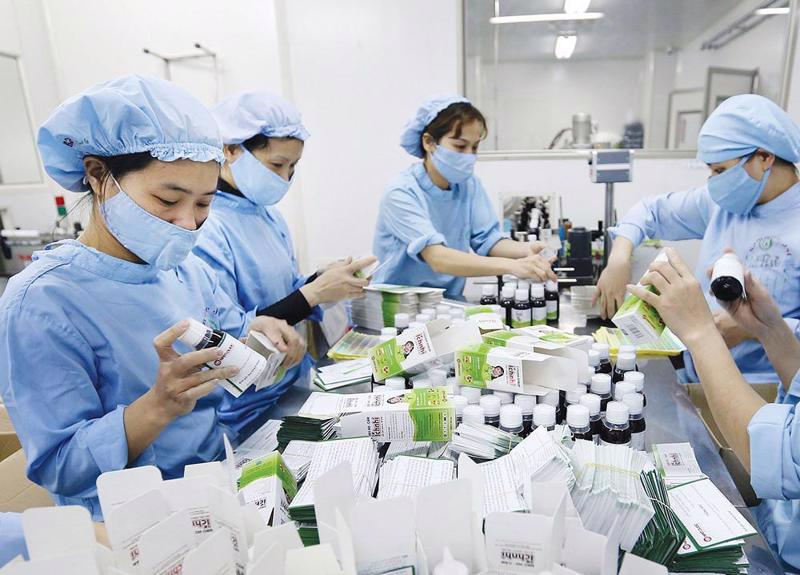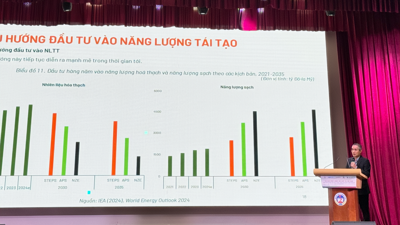Push for breakthroughs in chemical-pharmaceutical development
Chemical-pharmaceutical industry is identified as one of the three key sub-sectors of pharmaceutical manufacturing.

Developing the chemical-pharmaceutical industry is identified as one of the three key sub-sectors of pharmaceutical manufacturing and is regarded as a critical driver of the nation's modernization and enhanced competitiveness, according to the Ministry of Industry and Trade (MoIT).
However, the industry faces significant challenges, including limitations in production capacity and technology, gaps in human resources and training, vulnerabilities in raw materials and supply chains, as well as obstacles related to mechanisms, policies, the investment environment, and global competition.
On February 13, 2025, the Prime Minister approved the Program for the Development of the Chemical-Pharmaceutical Industry to 2030, with a vision to 2045. This initiative marks a pivotal step in advancing self-sufficiency in raw materials and fostering the development of Vietnam's domestic pharmaceutical sector.
The Vietnam Chemicals Agency (under MoIT) emphasizes that the program not only reflects the Government's strategic orientation to enhance the quality of pharmaceutical products and secure raw material supplies, but also acts as a catalyst for Vietnam's ambition to become a pharmaceutical hub within ASEAN.
Nevertheless, achieving these goals demands overcoming numerous challenges, such as modernizing production capacity, training high-quality human resources, establishing a complete domestic supply chain, and attracting crucial investment capital.
"The synchronized efforts of the 4 entities - regulatory agencies, businesses, researchers, and farmers—will be a key to unlocking sustainable development for the industry," the Vietnam Chemicals Agency stated.
Specifically, simplifying administrative procedures, improving the investment environment, and facilitating access to capital for domestic enterprises are essential to enhancing production capacity and competitiveness.
Additionally, fostering collaboration through stronger training partnerships and technology transfers between universities, research institutes, and businesses will be vital in driving the industry's growth and innovation.







